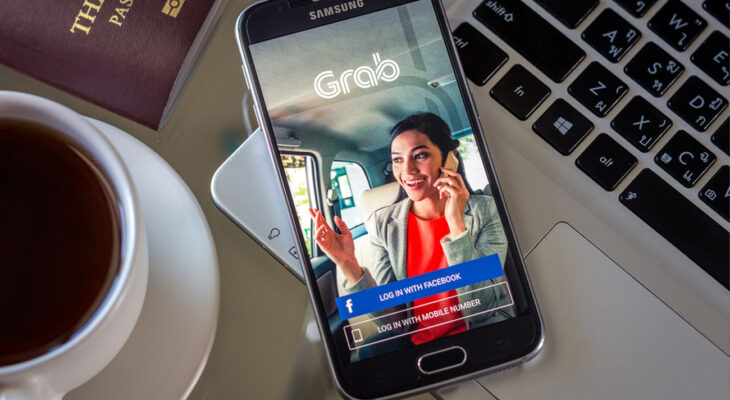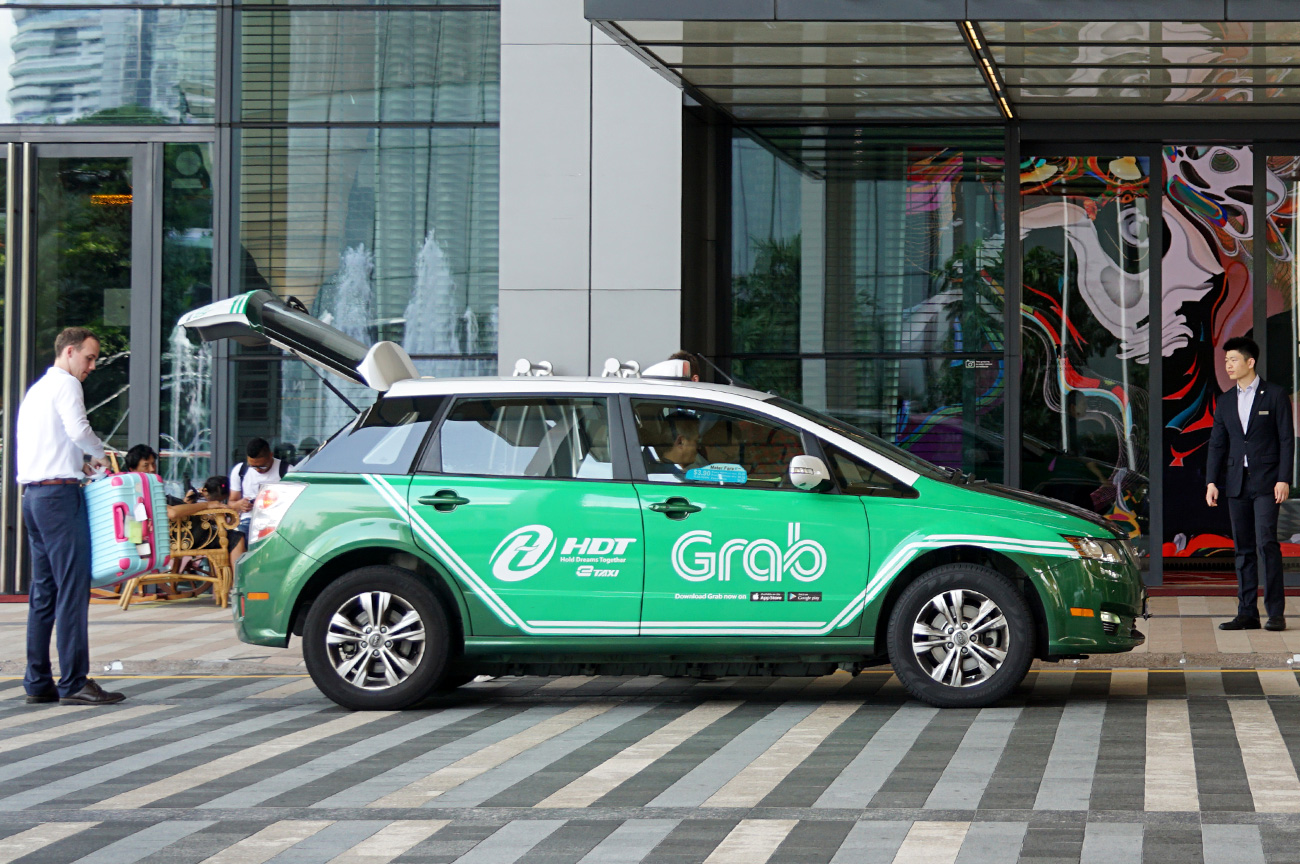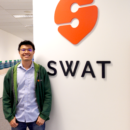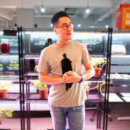
Shawn Heng: Super-sizing the Grab experience
Grab’s Head of Business Development shares the tech start-up’s journey from ride hailing platform to a super app for your everyday needs
Grab reached a milestone last year when it became Southeast Asia’s first decacorn, a company worth at least US$10 billion. It is one of less than 20 privately-held companies in the world to have achieved that status, according to a report by Google and Temasek.
The Singapore-based company’s financial heft has been accompanied by a flurry of new offerings on its app, as it aims to expand from just a ride-hailing and food delivery platform to a “super app” catering to the everyday needs of consumers across Southeast Asia. New services launched this year alone include hotel bookings, on-demand video streaming, ticket purchases and a trip planner.
The super app strategy aims to fuel Grab’s future growth as it attempts to embed itself into the lives of its users. Already, the app has been downloaded 163 million times in eight countries. Given ASEAN’s population of around 640 million, Shawn Heng, Grab’s Head of Regional Business Development, believes there is plenty of room to expand. We speak to Mr Heng to get his view on Grab’s super app strategy.
Describe Grab’s journey from a ride hailing app to a super app for consumers in Southeast Asia.
Most people got to know us for our contribution to building up the ride hailing industry in SEA. We’ve done a good job there, but we need to constantly improve to give our customers what they want. It has been a constant evolution. When customers wanted a ride faster, we aggregated supply pools (JustGrab today) so they could get faster driver allocations. When they wanted cheaper alternatives, we introduced GrabShare, GrabHitch and GrabShuttle.
Building on our leadership in ride hailing, we added deliveries and food to our offering. All this needed to be tied together with one thing; and that’s where GrabPay plays a critical role. Payments is the lubricant that ties these services together under one roof. Today, we are the only company in Southeast Asia to have an e-wallet licence in six countries.
Whilst we continue to focus on improving these core businesses, we want to ensure we give our users more reasons to spend time with us. Which is why we have expanded the vision for our platform to become the ‘Everyday Everything App’ by adding new service offerings through partnerships.
Our goal is to curate and offer high-quality services that are most important and relevant to our customers daily lives – all through one app
What is the vision for the role that Grab will play in people’s lives?
Ultimately, it’s about creating habits to drive user growth and engagement; giving you more reasons to use the app. In 2017, the only reason you opened our app was because you wanted to get a ride, but today we want to be useful for customers throughout the day, where they would use Grab at various times for different purposes. Let me give you an example.
Let’s say you wake up at 7am, and you order a quick breakfast through GrabFood. Then you take a Grab ride to the office at 9am. At the office, you pay for your coffee at the store nearby using GrabPay.
You’ve got a lunch meeting with your team — at noon, you order lunch in using GrabFood at noon. Later in the day, you head out for another meeting and plan to take a train. On the way to the station, you pick up a Grab e-scooter to get you there quicker.
When you’re done with the meeting, you realise you need to deliver something from the office, so you use our delivery service. Back at the office at around 5pm, you’re thinking about catching a movie with the family on the weekend, you order tickets through the app.
At 8pm, you get a Grab ride home; and at 9pm you decide to relax by watching your favourite series on Hooq in the Grab app. Before going to bed, you remember that the September school holidays are coming up, so you think about booking your vacation through the app.

Why would someone use Grab to book a hotel versus going direct to, say, booking.com?
We have partnered with Booking Holdings to enable users to book hotels via booking.com and Agoda. So essentially users are still booking their hotel via booking.com, the main difference being that their entry point is different.
There are many consumers in SEA that have yet to be introduced to booking travel online. As mobile penetration continues to grow and more Southeast Asians come online, they are more likely to be first introduced to simple services in Grab like taking a ride from point A to point B. Our core businesses are faster acquisition points for new users, from which we can introduce more aspirational offerings like travel. That is why our partners like Booking Holdings see value in leveraging the Grab platform to access and educate users to their offerings quickly.
We also help our partners access new segments. There are many users that need to travel domestically frequently and have been doing so in more traditional ways. However with the ability to access preferential hotel rates directly on the Grab app (which they already use every day for transport), triggers them to change their behaviour.
What are the key challenges in executing Grab’s super app strategy?
Learning quickly and executing flawlessly are big challenges. That’s why partnerships are core to our super app ambitions. We don’t believe in building everything ourselves. Rather, we partner with companies that are best-in-class at what they do. This allows us to scale into new verticals quicker, bringing more services to our customers faster, at the same time our partners can leverage our reach and assets to fuel their own growth too. We’ve launched three new partnered services in Singapore this year alone (tickets, hotels and videos).
What are the next steps in this journey?
Our partnered offerings will continue to grow and you can expect additional new categories to emerge in the coming months. As we do so, we will also focus more on tying together how users interact seamlessly with both our core businesses and partnered offerings. Our aim is to ensure services are surfaced in a contextually relevant way for users, at the right time and right place, so they are useful and meaningful for users.
 Mr Shawn Heng was the most recent speaker at the Singapore Business Federation’s In Conversation Series where we invite business leaders to share their insights and experience. Don’t want to miss the next one? Email us at [email protected].
Mr Shawn Heng was the most recent speaker at the Singapore Business Federation’s In Conversation Series where we invite business leaders to share their insights and experience. Don’t want to miss the next one? Email us at [email protected].



















